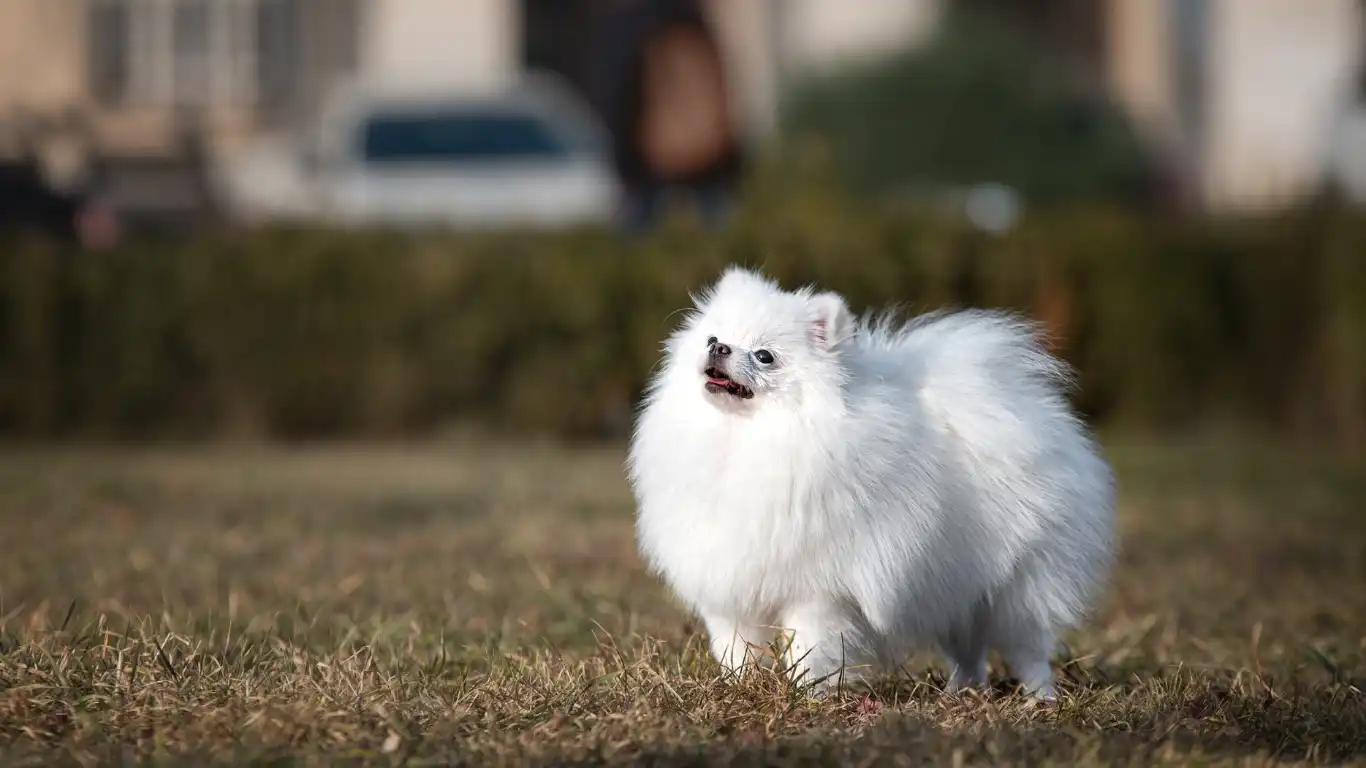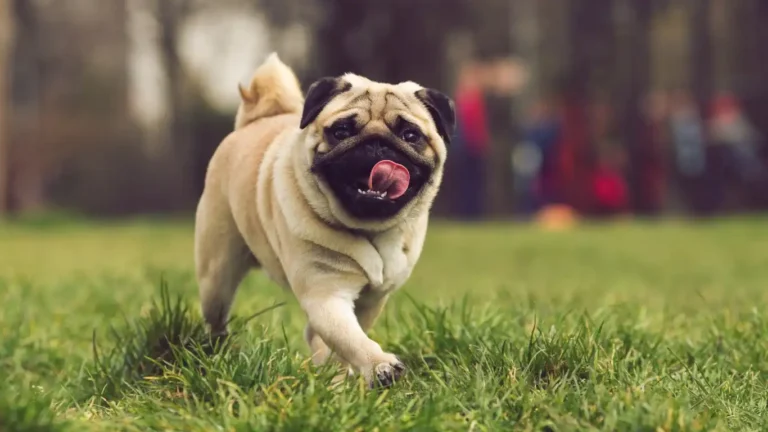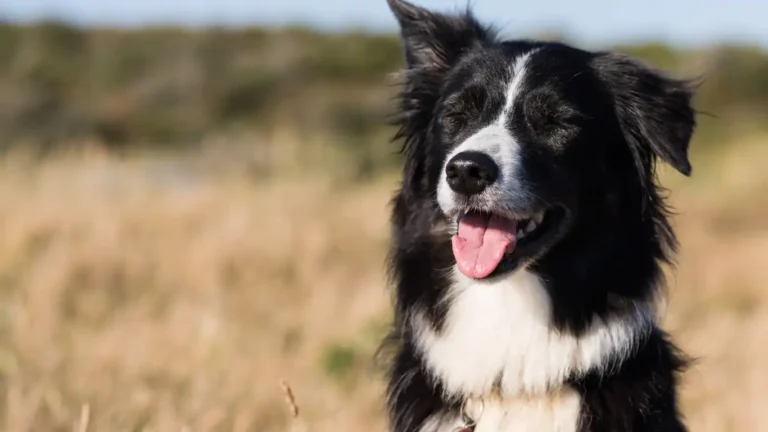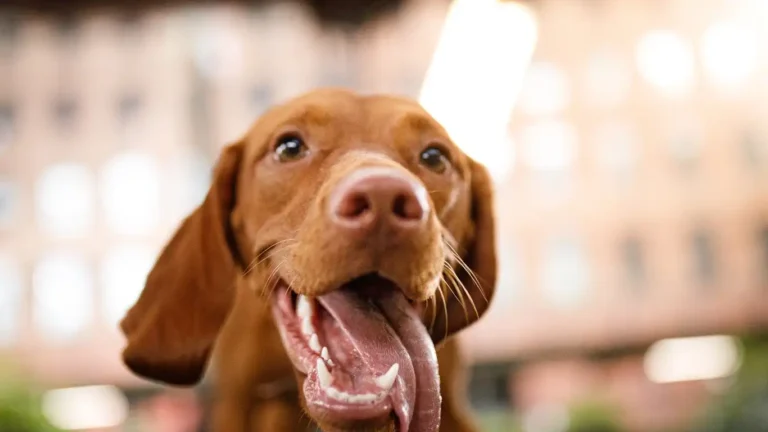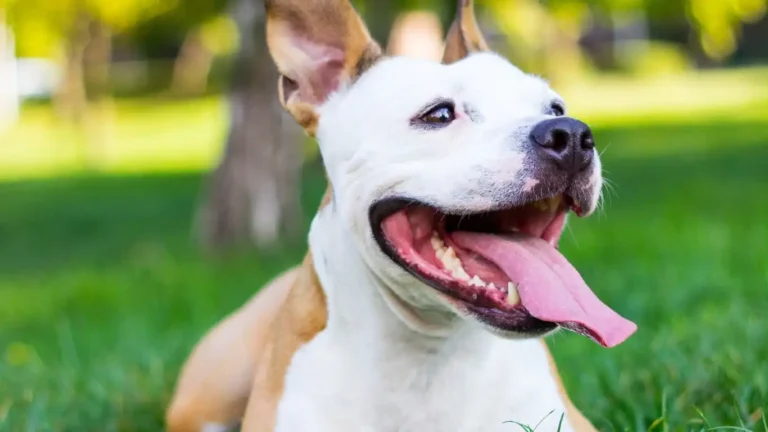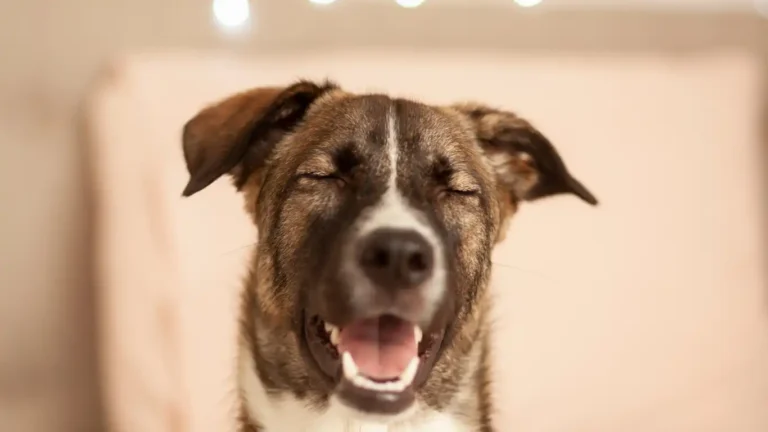Proven Tips to Keep Your Dog Calm During Car Rides Stress-Free
Taking your dog for a spin in the car should be fun, right? But if you’re like me and you’ve ever had to wrestle a 60-pound ball of nerves into the backseat, then you already know that some pups just *do not vibe* with car rides. As someone who’s spent years as a Veterinary Technician specializing in Nutrition, I’ve seen my fair share of anxious tail-waggers shaking in their carriers or panting up a storm during a simple trip to the vet. That’s why I put together my best tips for keeping a dog calm during car rides—because road trips should come with wagging tails, not worried whimpers.
Understanding Why Dogs Get Stressed in the Car

First off, let’s talk about why this happens. Dogs can get overwhelmed for all sorts of reasons. Some associate the car with stressful vet visits (trust me, I’ve seen that tremble from across the exam room), while others just don’t like the motion. Imagine not understanding why your “floor” is moving and your world smells like gasoline and french fries—yeah, I’d be on edge too.
Common triggers that may be stressing your dog out:
- Motion sickness: Just like people, dogs can get carsick. Nausea isn’t exactly calming.
- Lack of conditioning: If car rides aren’t a regular thing, they might feel alien and scary.
- Bad past experiences: A traumatic ride, loud honking, or even car accidents can stick in their memory.
- Overstimulation: Too many smells, sights, and sounds all at once can be overwhelming.
Recognizing what sets your pup off is step one. From there, you can start working on calming strategies that actually make sense for their situation.
Pre-Ride Prep: Setting the Mood Before You Hit the Road
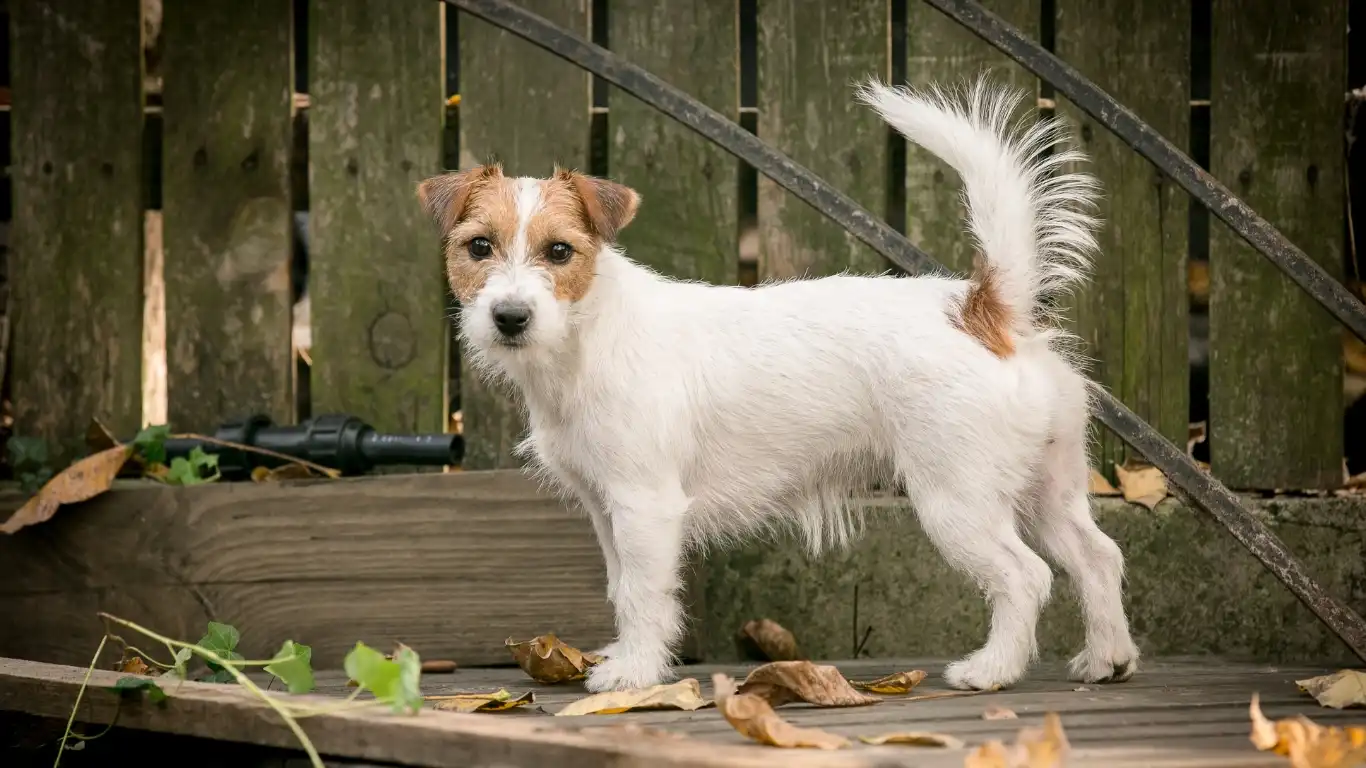
This is where the magic happens—before you even open the car door. You wouldn’t jump on a rollercoaster without checking the harness, right? It’s the same concept. Getting your dog mentally and physically prepared can make a huge difference in how the ride goes.
Start with some light exercise
A tired dog is a calmer dog. Take them for a walk or play a quick game of fetch before the ride. I’ve done this with high-energy dogs in the clinic who used to bark the entire way to appointments. Giving them a physical outlet first can really take the edge off.
Don’t feed a full meal right before
Motion and a full belly? Not a great combo. Wait at least an hour after eating before a car ride to avoid nausea—or worse, an accident in the car (been there… not fun).
Create a safe, cozy space in the car
- Use a crate or carrier that your dog already knows and loves. Toss in a familiar blanket or toy for extra comfort.
- Consider a doggy seatbelt harness. These aren’t just safer—they also give your pup a sense of security with less sliding around.
- Keep the temperature cool and the noise level low. Skip blasting the stereo or letting the windows down too far.
I had one dog client—Lucy, a nervous little Cocker Spaniel—who completely changed once her owner added a plush, padded car seat in the back. The difference in her body language? Night and day.
Best Tips for Keeping a Dog Calm During Car Rides
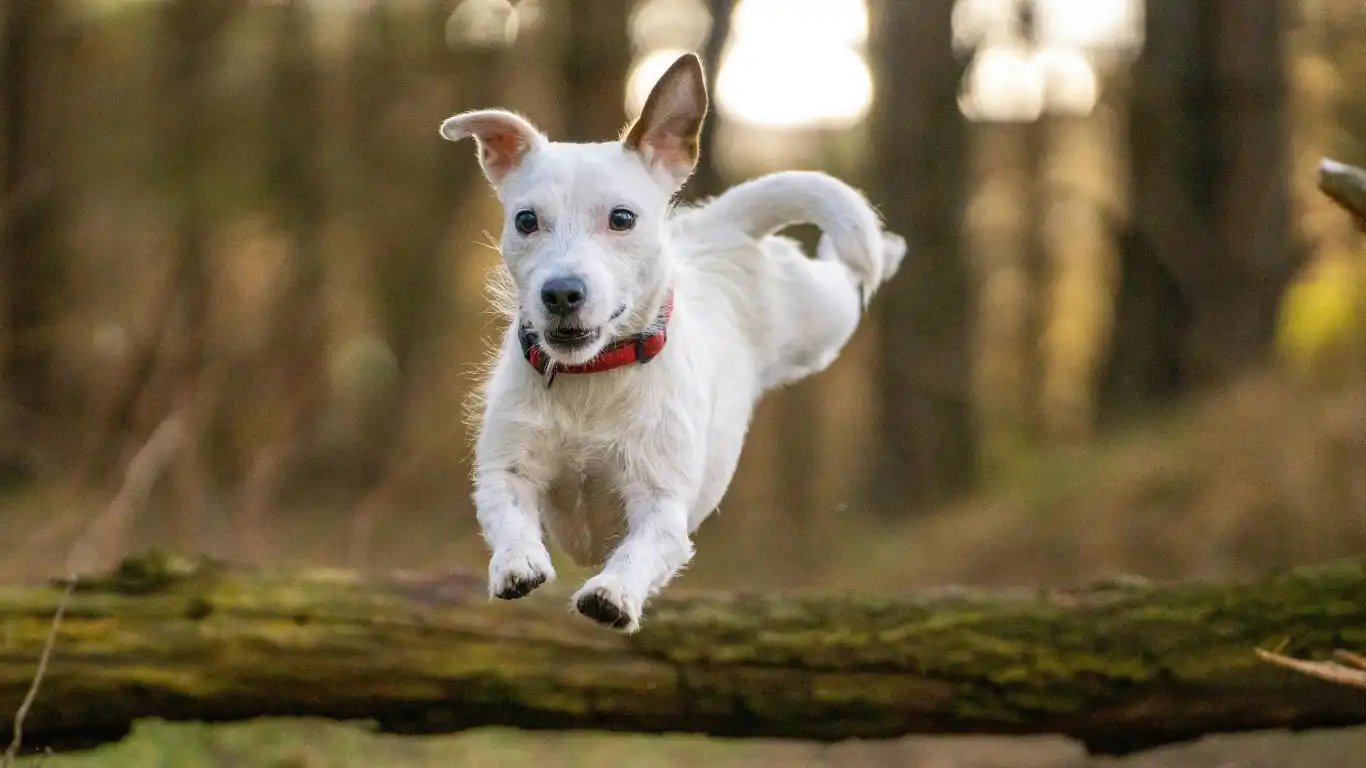
Alright, let’s dive into the real meat of it—my tried-and-true, go-to hacks for keeping your dog cool, calm, and collected on the road. These aren’t just fluff. These are based on real cases, real pups, and real success stories.
1. Introduce short car rides gradually
Start small. Just sitting in the car with the engine off can help your dog get used to the idea. Then do short trips around the block and work your way up. It’s kind of like desensitization therapy. I’ve coached plenty of pet parents through this method and seen even the most anxious pups come around.
2. Use calming aids (but talk to your vet first)
There are a lot of calming products on the market, but not all dogs react the same way. Here are a few I’ve seen work wonders:
- Adaptil spray or collars: These mimic calming dog pheromones. Super useful for some dogs.
- CBD treats or chews: But please, consult your vet. Not all CBD is created equal, and dosage matters.
- ThunderShirts: These compression garments can really help with anxiety. Think of them like a calming hug.
3. Keep yourself calm, too
This one’s a biggie, and a little underrated. Dogs read our energy like pros. If you’re frustrated or rushing, they pick up on that. When I’m in a hurry or tense, my own dog instantly starts acting weird in the car. So I always make a point to stay chill and keep my voice low and friendly.
4. Reward the chill behavior
Positive reinforcement goes a long way. Every calm moment your dog has in the car—reward it! Treats, praise, even gentle petting. They’ll start associating car rides with good vibes, not panic attacks.
Let’s be real: not every car ride will be perfect. But with patience, prep, and a little know-how, your dog can learn to love—or at least tolerate—them. And trust me, once your pup starts climbing into the backseat without a meltdown, it feels like a *major win*.
When Calming Techniques Aren’t Enough: Recognizing When It’s More Than Just Nerves

So, you’ve tried the treats, the comfy crate, the short rides—and your pup’s still acting like they’re being shipped off to outer space every time you turn the ignition. Look, I’ve been there with clients before. Sometimes, despite doing all the “right” things, a dog’s car anxiety runs deeper than surface jitters. That’s when it’s time to dig a little further.
Could it be a medical issue?
This is where my vet tech instincts kick in. I always tell pet parents: don’t assume it’s just behavior. Dogs suffering from ear infections, inner ear imbalances, or even subtle neurological issues can react poorly to motion. If your dog drools excessively, trembles, or vomits no matter what, have your vet rule out underlying causes first.
I once had a case with a Labrador named Duke who just couldn’t keep his cool in the car. His owners thought it was pure anxiety—but a quick exam revealed a chronic ear infection that made motion feel like the deck of a stormy boat. Once we treated the infection, Duke’s car rides became a breeze. Moral of the story? Don’t skip the vet check.
Behavioral health matters, too
In some cases, what looks like car anxiety is part of a bigger behavioral pattern. Dogs with generalized anxiety, PTSD (yes, dogs get it too), or poor early socialization might show extreme fear responses in the car. These cases may need more than desensitization—they often benefit from working with a certified dog trainer or a veterinary behaviorist.
Training Games to Make the Car Fun Again
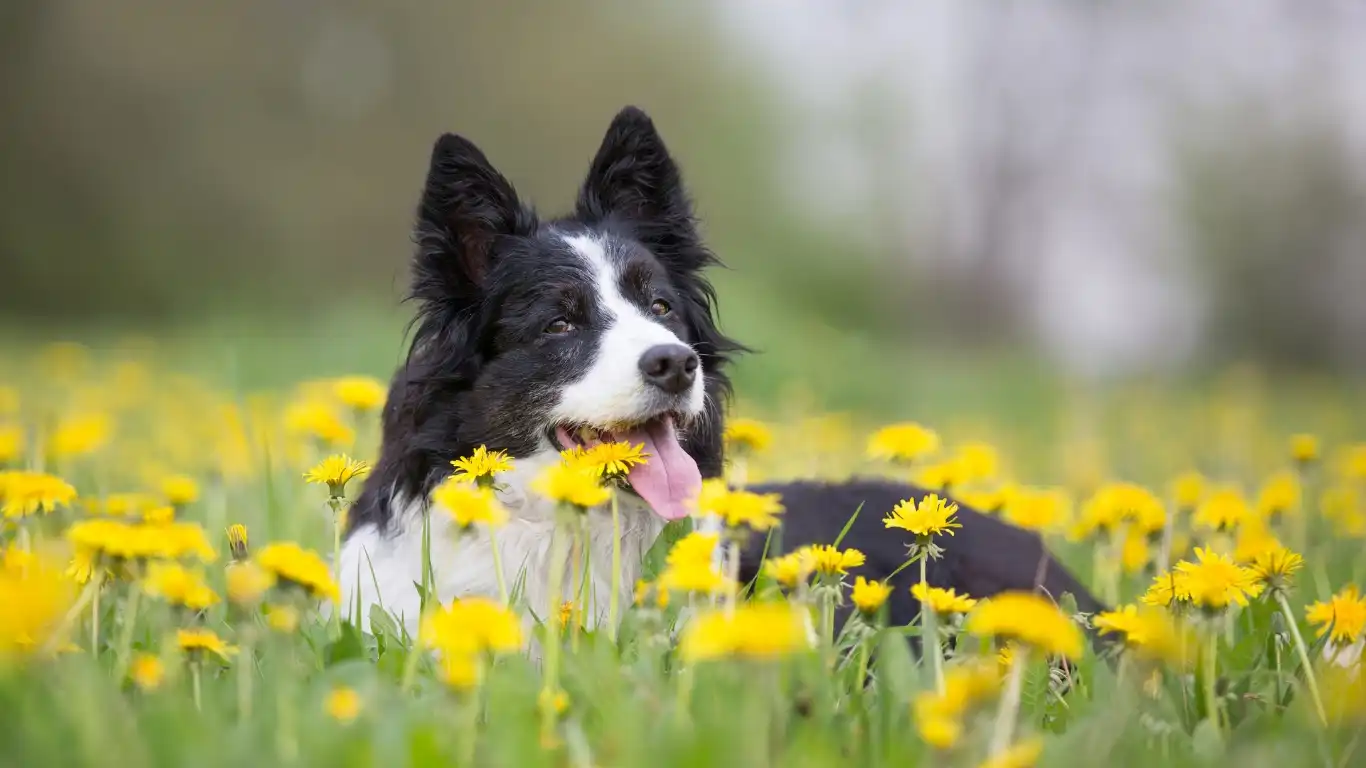
Okay, so now that we’ve ruled out health problems and you’re still dealing with nerves, let’s talk about the power of games and positive associations. This is one of my favorite tricks in the vet world—and I’ve used it personally when working with scaredy-dogs who hated car rides.
The parked car picnic
This is simple but gold. Take your dog into the car while it’s parked, engine off. Sit in the backseat with them. Bring high-value treats—think bits of cooked chicken or cheese. Feed them slowly, praise them, and just hang out. No pressure, no movement. Just good vibes.
Do this a few times a week and gradually build up to short rides. If your dog’s tail is wagging when they hop in the car? You’re doing it right.
Toy time in transit
Bring out a special toy that only comes out during car rides. Could be a stuffed Kong, a chewy bone, or a puzzle toy. If your pup starts associating car rides with the arrival of their favorite distraction, it shifts the emotional narrative.
Practice “car ride = fun destination”
Too many dogs only get in the car to go to the vet, the groomer, or somewhere that smells like other stressed-out dogs. Mix it up! Take them to a park, a friend’s house, or even just on a walk around a new neighborhood. Break that negative pattern by showing them that car rides lead to *awesome things.*
True story: One of my clients had a dog who flat-out refused to get into the car. We discovered she’d only ever ridden it to the vet and nowhere else. After just two weeks of park trips and post-ride treat parties, she was hopping in with her tail wagging. Sometimes, it really is about rewiring their expectations.
Building Trust Through Routine

Let’s be honest: dogs thrive on routine. If they know what to expect, they’re way more likely to relax. I always advise my clients to create a car ride ritual. It doesn’t have to be elaborate—just consistent.
Your go-to routine might include:
- A short walk before the ride to burn off energy
- Offering a potty break before loading up
- Bringing their favorite blanket or calming toy
- Using the same door or saying a cue phrase like “Let’s ride!” to build predictability
Over time, this routine becomes comforting. Your dog knows what’s coming next, and that sense of predictability goes a long way in keeping stress at bay. One of my doggy patients, Bentley, had severe separation anxiety and car fear. But when his family started using the same pre-ride ritual every time, his panic dropped dramatically. Consistency is kind of magical that way.
Mind the length of the ride
Just like us, dogs have their limits. Long, bumpy, or hot rides are just harder on them—especially if they’re not used to it. Keep initial trips short, pleasant, and gradually increase them. And always make sure the temperature inside the car is comfy (too hot or too cold can make anxiety worse fast).
Don’t Forget the Power of Scent and Sound
This is a little trick I picked up after years of working in vet clinics: dogs are insanely scent-oriented. A familiar smell can be grounding, comforting—basically, the doggy equivalent of a weighted blanket.
Try this simple scent hack:
- Put a worn T-shirt that smells like you in their crate or car bed
- Use a calming lavender essential oil (sparingly!) on a nearby cloth or car freshener
- Stick with their own blanket or bedding they use at home
Sound matters, too. Some dogs respond really well to soft music. I know it sounds odd, but I had a Yorkie patient who would fall asleep to acoustic guitar tracks every single time. There are even playlists made specifically for calming dogs—Spotify has a bunch. Give it a try and see what works for your pup!
At the end of the day, every dog is different. Some need more time, some need more treats, and others might need professional help. But one thing’s for sure—helping your dog stay calm in the car is totally doable with a mix of patience, prep, and maybe a little peanut butter.
Traveling Long Distance? How to Keep It Smooth for Your Pup

Okay, so maybe you’re past the local rides and planning something bigger—maybe a road trip to visit family or a vacation that includes your four-legged co-pilot. I’ve helped countless pet parents prepare for this kind of journey, and trust me, long-distance car rides are a different beast.
Even if your dog is pretty chill on short drives, longer trips can bring up new challenges—restlessness, boredom, or even renewed anxiety. Here are a few tips I’ve picked up (and passed along over the years) to make it way more manageable:
Take frequent breaks
Plan to stop every 2–3 hours. Let your dog stretch their legs, sniff around, hydrate, and go potty. I always recommend using a leash or harness when stopping, especially in new or busy areas. One startled squirrel and they’re off like a rocket.
Stick to a feeding schedule
Feed your pup at the same times you normally would. This keeps their digestive system in balance and minimizes stress-related tummy troubles. And yep—bring your own water and bowl. Switching water sources can sometimes upset sensitive stomachs (weird, but true!).
Pack a doggy travel kit
- Favorite toys and chews
- Blanket or bedding with familiar scent
- Poo bags, paper towels, and pet-safe cleaning spray (just in case)
- Vaccination records and ID tags
- A recent photo of your dog (super helpful if, heaven forbid, they get lost)
One time, a client of mine was driving cross-country with their nervous Beagle. They made a “comfort kit” with their dog’s favorite plush duck, a shirt that smelled like home, and some calming chews. That pup ended up napping through most of the trip—and that’s the dream, right?
Handling Unexpected Behavior on the Road

Sometimes, despite all your prep, your dog might still react unpredictably—barking at every passing truck, trying to crawl into the front seat, or pacing non-stop. Don’t panic! That doesn’t mean you’ve failed; it just means they need a little extra support.
Use barriers when needed
If your dog’s trying to climb into your lap while you’re driving (yep, been there more than once), a pet barrier or backseat hammock can make a world of difference. It’s all about creating safe, defined spaces. Bonus: some barriers help reduce visual stimulation, which can calm reactive dogs.
Don’t reinforce anxious behavior
This one’s hard, especially when you love your pup like family. But if your dog whines or barks and you immediately start petting or soothing them, you might accidentally reinforce the behavior. Instead, reward them for calm, quiet moments—even if they’re brief. Over time, those moments get longer.
Consider professional help for extreme cases
If your dog is still absolutely panicked in the car, even after trying every tip, reach out to a certified dog trainer or veterinary behaviorist. Sometimes anxiety is deep-rooted, and that’s okay. Getting help from a pro can change everything—and no, you don’t need to “fix it alone.”
What NOT to Do When Dealing With Car Anxiety
Just like there are do’s, there are some solid don’ts. And I’ve seen the fallout when these get ignored. I’m all about transparency, so let’s talk about the things you’ll want to avoid if you’re serious about keeping your pup calm in the car.
Don’t force your dog into the car
This can escalate their fear big time. Coax gently with treats, take your time, and avoid turning it into a wrestling match. If they resist, go back to parked car sessions and work up from there.
Don’t yell or punish during rides
If they bark or act up, stay calm. Scolding can add more stress—and might even make them associate the car with punishment. Trust me, it only makes things worse.
Don’t ignore signs of severe distress
Heavy panting, pacing, excessive drooling, or shaking are red flags. That’s not just mild nerves—that’s real distress. Always address it, and if you’re unsure, call your vet or behaviorist for guidance.
Final Thoughts: It’s All About Building Trust
Here’s the thing I’ve learned from working with hundreds of dogs over the years—you’re not just training your dog to ride in the car. You’re building trust. You’re teaching them that you’ve got their back, no matter where the road leads.
And that matters. Whether you’re headed to the vet, the park, or on a cross-country journey, a calm and happy car ride can turn into a bonding experience. One where your dog can finally just relax, rest their head on a blanket, and enjoy the ride.
Take your time, give grace (to them and yourself), and celebrate the small wins. Because when you finally reach that point where your pup hops in the car, tail wagging and eyes bright? That’s not just progress. That’s a milestone.
References
Disclaimer
This article is based on personal experience as a veterinary technician and for informational purposes only. It should not replace professional veterinary advice. Always consult with your veterinarian for medical or behavioral concerns specific to your pet.
